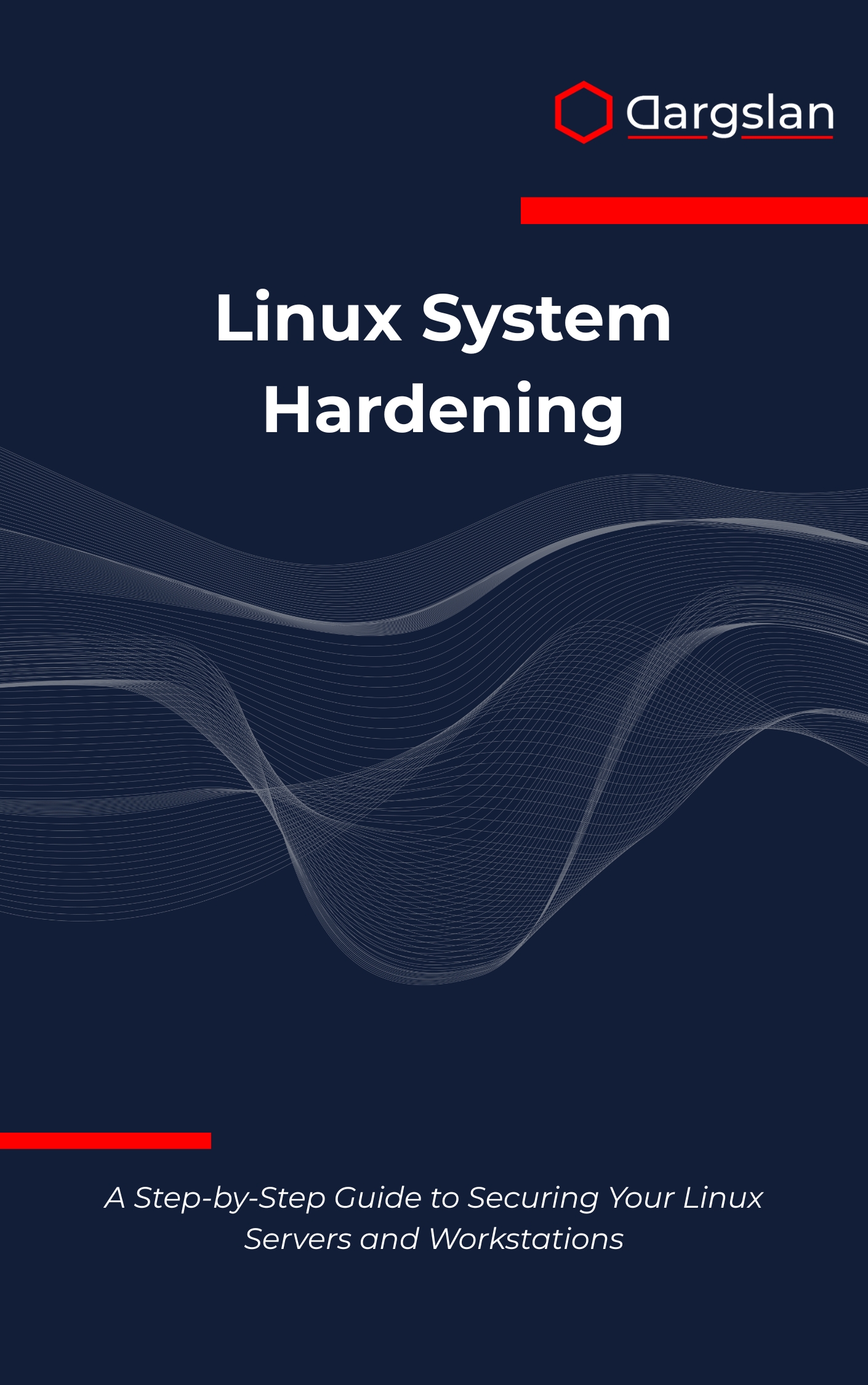Linux System Hardening
Monitoring Linux with One-Line Commands,Monitor Linux performance easily using efficient one-line terminal commands.

Threat actors automate everything, but so can you. With a clear, battle-tested hardening plan, you can turn default Linux installs into resilient, auditable systems that resist real-world attacks without slowing down your team. This guide shows you exactly how to do it—step by step, with checklists, examples, and proven configurations.
A Step-by-Step Guide to Securing Your Linux Servers and Workstations
Overview
Linux System Hardening is a practical, end-to-end resource that turns complex security concepts into an actionable roadmap for admins, engineers, and IT leaders. A Step-by-Step Guide to Securing Your Linux Servers and Workstations covers Linux security fundamentals and advanced techniques across Linux environments, making it the ideal IT book, programming guide, and technical book for anyone responsible for protecting critical systems.
Inside, you’ll find hands-on guidance for system hardening, SSH configuration, user management, filesystem security, network hardening, service security, logging and auditing, intrusion detection, network services security, container security, kernel hardening, data encryption, backup security, compliance frameworks, SELinux, AppArmor, firewall configuration, and vulnerability management—written for Linux and tested across major distributions.
Who This Book Is For
- System administrators and DevOps engineers who need a reliable baseline: Build secure-by-default images, reduce attack surface, and automate repeatable controls across servers and workstations.
- Security engineers and blue teams aiming for measurable outcomes: Learn how to align Linux controls with compliance frameworks, verify them with audits, and feed high-quality telemetry into your SIEM.
- Developers and power users ready to level up: Master practical hardening that protects your code, data, and pipelines—then become the security champion your team relies on.
Key Lessons and Takeaways
- Establish a hardened baseline that actually holds under pressure: Minimize packages, use secure partitioning and mount options, enable data encryption, and lock down bootloader and kernel parameters for a defense-in-depth foundation.
- Secure access and services without breaking workflows: Apply robust SSH configuration, enforce strong user management and PAM policies, implement firewall configuration with nftables, and harden network services security using least privilege and sandboxing.
- Detect, audit, and respond with confidence: Implement logging and auditing with auditd and systemd-journald, deploy intrusion detection on endpoints, and operationalize vulnerability management for continuous assurance.
Why You’ll Love This Book
Every concept is paired with real commands, configuration snippets, and distribution-aware notes so you can move from theory to production quickly. The writing is clear and the procedures are truly step-by-step, with practical examples and checklists that reduce risk and save time. You’ll get the “why,” the “how,” and the validation steps to confirm it’s working—no guesswork required.
How to Get the Most Out of It
- Start with the fundamentals, then layer advanced controls: Build your baseline first, progress through account controls and SSH, then tackle network and service hardening before moving into SELinux, AppArmor, and kernel hardening.
- Apply changes in stages and measure impact: Use staging or lab environments, snapshot or back up systems, and validate each change with scanners and benchmarks before rolling into production.
- Reinforce with mini-projects: Create a hardened SSH profile with key-based auth and MFA, encrypt a workstation with LUKS and set secure mount options, deploy AIDE or Wazuh for intrusion detection, and lock down containers with namespaces, seccomp, and an AppArmor profile.
Get Your Copy
Ready to transform default installs into secure, monitored, and compliant Linux systems? Equip yourself with a proven playbook and start hardening today.




